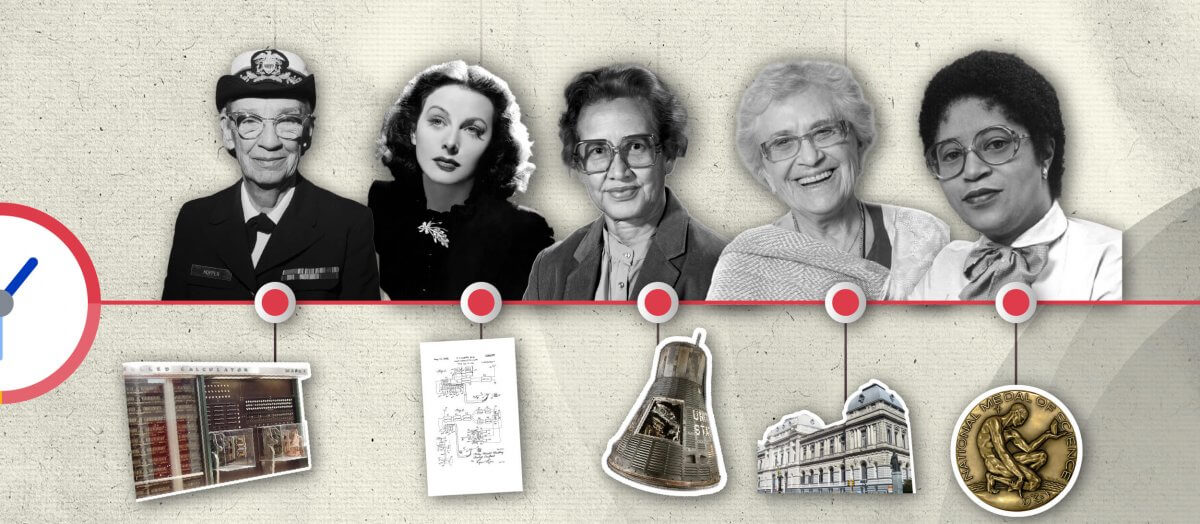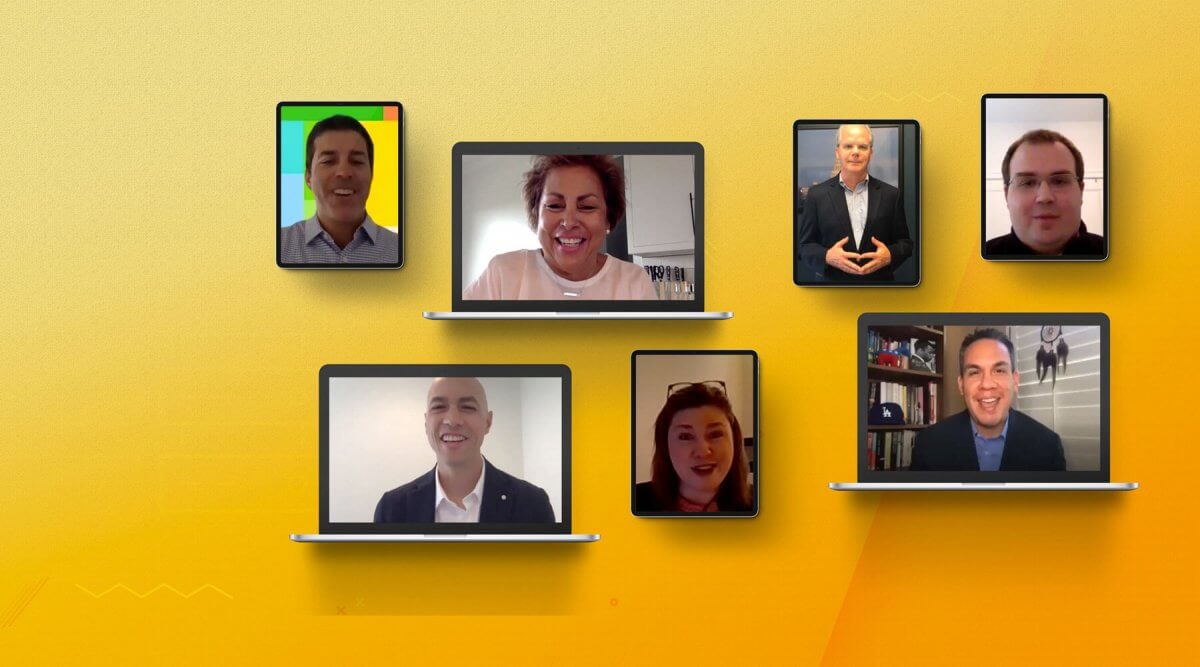The COVID-19 pandemic will leave a lasting mark on society and how we live our lives. Today, modern technology is helping us deal with the pandemic’s consequences – and attempt to maintain a sense of normalcy – in ways that were not possible 25 years ago. Internet platforms and services are providing easy and seamless ways for people to stay socially connected while physically apart, creating new avenues to help people in need, fostering scientific research and innovation, helping keep people informed – in real time – on COVID-19 updates, and ensuring many can still do their jobs from their homes.
Communities and support systems that existed in the real world are now virtual, providing critical support to those in need of help and togetherness. Patients dealing with addiction and struggling to get in-person appointments can benefit from remote visits and telemedicine. Religious services across the country now use live streaming to connect with congregations. Musicians live stream concerts for millions of fans around the world, and DJs host “house parties” online for people to party together again. This is all possible because of the internet.
Musically we found a way to use tech to unite people, that’s a beautiful thing.
D.J. D-Nice
The internet is proving to be a powerful tool for people to support one another, especially for fundraising. Author and journalist Shea Serrano reached out to his 345,000 Twitter followers to raise over $10,000 for people who posted pictures of past-due bills. He was able to send donations directly to those in need and use his prominent social media platform for good. On a smaller scale, two students in New York leveraged social media to mobilize thousands of New Yorkers to help at-risk neighbors, with the program now expanding to other cities.
Scientists and researchers are also turning to the internet to share innovative ideas on how to tackle COVID-19. Social media and software companies continue to organize hackathons that will initiate more software development to fight the pandemic. The internet enables researchers to develop the COVID-19 Open Research Dataset (CORD-19), a massive open-source compendium of COVID-19 data. CORD-19 already contains over 24,000 research papers and saves scientists valuable time as they push to find solutions to challenges presented by the virus.
The connectivity we have today gives us ammunition to fight this pandemic in ways we never previously thought possible.
Alain Labrique, director of the Johns Hopkins University Global -mHealth Initiative
People continue to turn to the internet to get real-time updates during the COVID-19 crisis. Academics, government officials, and other organizations use social media to help fight the global pandemic. Social media platforms work to provide credible information to their users by launching helpful tools, such as COVID-19 resource pages and hubs, so people have easy access to public health updates. You can find all IA member companies’ efforts to assist during the pandemic on IA’s website. The world relies on the internet to understand COVID-19 and the implications it could have for the future of public health, and public health officials agree.
Many can continue business from home thanks to modern technology and commercial cloud solutions. We can video conference, stream, and remotely collaborate using online productivity tools, thanks to these products and services. There’s a “spectacular and unplanned-for demand” for online tools and cloud services, and the industry is meeting this demand and enabling organizations of all sizes to be resilient in these uncertain times.
[P]ublic cloud has enabled video conferencing, remote project collaboration, e-commerce, education, gaming and streaming video companies to meet spectacular and unplanned-for demand in a way that would have been impossible a decade ago.
Joseph Tsidulk, Senior Editor at CRN
Throughout these trying times, the internet continues to help make every facet of our lives better. From social networks and video chats to cloud solutions and productivity tools, online products and services help people stay connected, get the support they need, and conduct innovative research – all while staying home.











